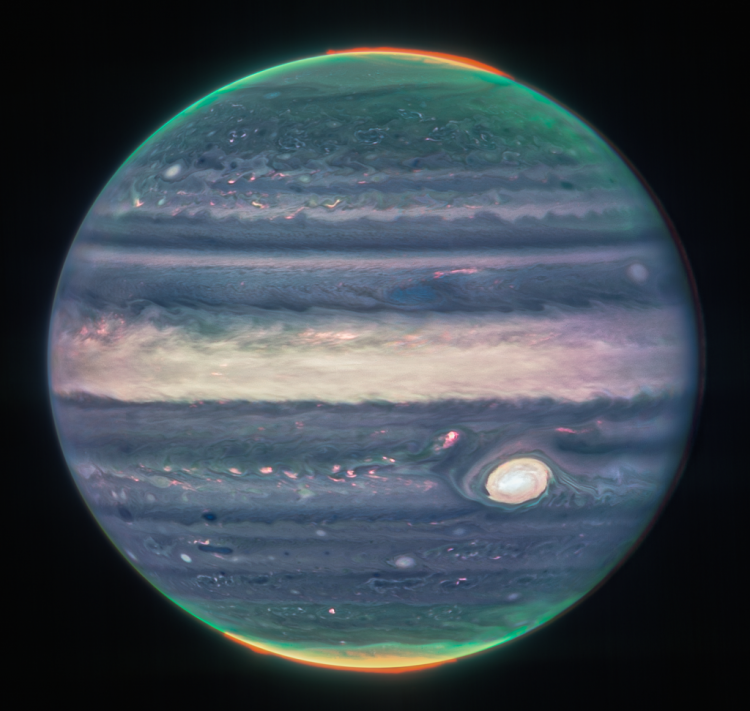The King of Planets adds a new title to its belt - Jupiter is now officially the King of Moons in the Solar System.
Jupiter appears to have 12 extra small moons in its orbit, raising the total number of natural satellites in its orbit to 92, surpassing Saturn's amazing collection of 83 orbiting bodies.
In theory, both planets are likely to be accompanied by additional moons, but astronomers have a significant hurdle in locating these miniature celestial entities. Those that have avoided detection thus far are likely to be observed only with highly powerful telescopes with a sufficient field of vision to encompass the entire Jovian system, while Jupiter's intense brightness greatly complicates matters.
Dr. Scott Sheppard has spent the last few years tracking the orbits of the 12 new moons, which have recently been published by the Minor Planet Center (MPC). Sheppard previously revealed a previous group of Jovian moons identified in 2018.
Nine of the new satellites are found in distant clusters of moons that orbit Jupiter in retrograde, which means they circle the planet in the opposite direction as the inner moons. These small backtracking objects each require at least 550 days to complete one orbit.
The remaining three moons were discovered among the prograde satellite groups that exist between the huge, close-in Galilean moons and the far retrograde objects. Two are in the Himalia group, which orbits Jupiter at a distance of 11 to 12 million kilometers (6.8 to 7.5 million miles), while the other is in the Carpo group, which orbits Jupiter at a distance of 17 million kilometers (10.6 million miles).
Though no one knows what smashed into these ancient moons, Sheppard's 2018 discoveries provided a hint in the shape of a strange moon called Valetudo. Despite crossing the orbits of the distant retrograde moons, Valetudo travels prograde, defying the Jovian pattern.
According to Sky and Telescope, all of the moons are probably too tiny to be named and require more than 340 days to orbit. These small moons are supposed to be the shattered remains of much larger satellites that collided with another object millions of years ago.
Radiation from the massive planet can make it very difficult to notice small objects, suggesting that a number of smaller, unseen little moons may potentially circle the enormous one, yet to be discovered.





